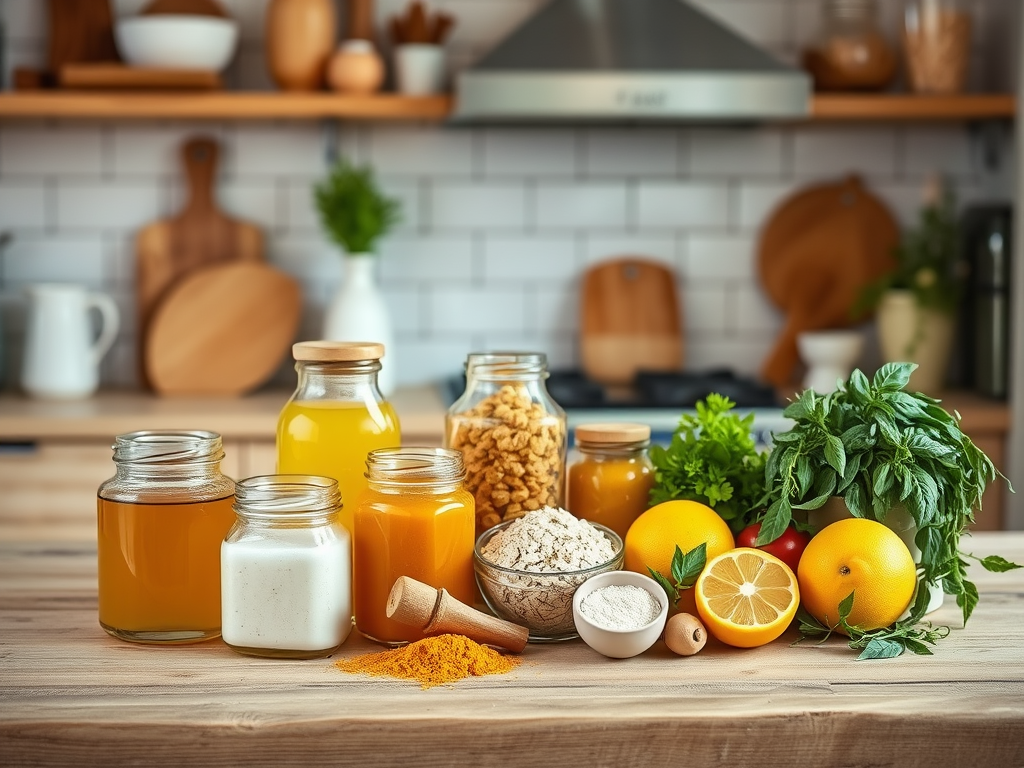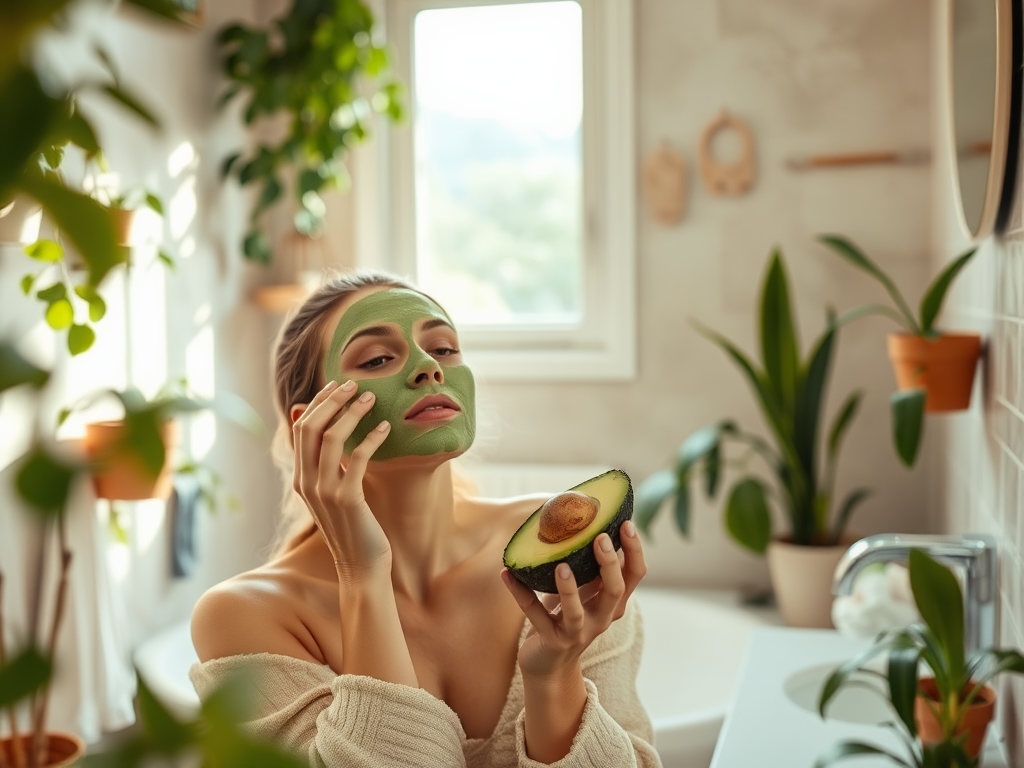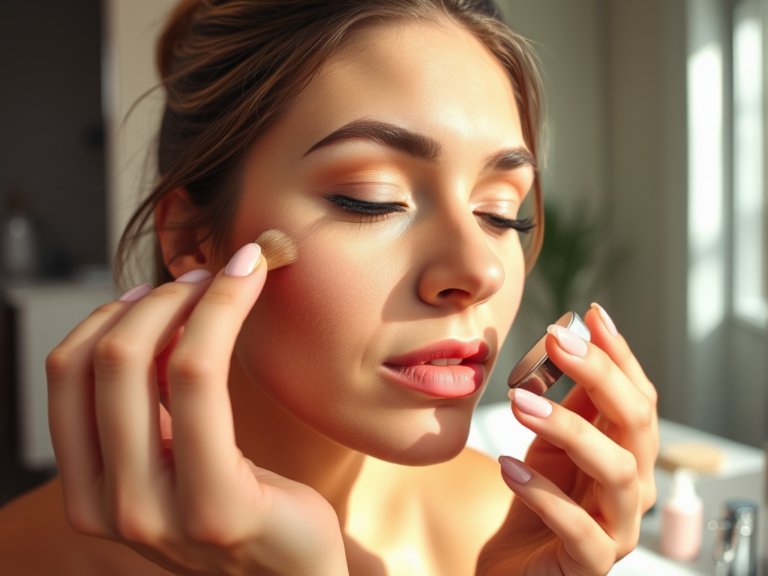In the quest for radiant and smooth facial skin, many people turn to expensive skincare products loaded with chemicals that can sometimes cause more harm than good. But what if the answer lies in your kitchen? DIY face masks not only allow you to use natural ingredients but also give you the flexibility to tailor your skincare routine to meet your individual needs. This can lead to better results without the hefty price tag that often accompanies over-the-counter solutions. Whether you’re looking to hydrate, exfoliate, or soothe your skin, crafting your own face masks is a delightful experience that can transform your skincare routine. Moreover, it connects you to your skin, helping you understand its needs better while providing a nurturing experience.
Benefits of DIY Face Masks

One of the primary benefits of DIY face masks is their cost-effectiveness. Ingredients like honey, yogurt, and oats are often readily available at home or easily sourced from the local market. This makes it feasible for everyone to indulge in a skincare routine that feels luxurious without breaking the bank. Additionally, DIY masks offer carte blanche for customization. You can create the perfect blend of ingredients that caters specifically to your skin type, whether you have oily, dry, sensitive, or combination skin. Another key benefit is the avoidance of harsh chemicals found in many commercial products. For those with skin sensitivities or allergies, this can make a world of difference. Researching natural remedies for skincare has become increasingly popular, as many people prioritize safe and holistic options over synthetic alternatives. With DIY face masks, you have full control over what goes on your skin, thus minimizing the risk of adverse reactions. Overall, the benefits are multidimensional, enhancing both skin health and personal confidence.
Key Ingredients for Smooth Skin

When it comes to crafting effective DIY face masks, understanding the key ingredients can immensely enhance your results. Below are some essential ingredients that have proven efficacy for achieving smooth and radiant skin:
- Honey: A natural humectant that helps retain moisture.
- Oatmeal: Acts as a gentle exfoliant and soothes irritated skin.
- Avocado: Packed with fatty acids, it hydrates and nourishes skin.
- Aloe Vera: Known for its soothing and anti-inflammatory properties.
- Turmeric: Offers anti-inflammatory benefits and brightens skin.
| Ingredient | Benefits |
|---|---|
| Honey | Hydrates and helps with wound healing. |
| Oatmeal | Soothes skin and removes dead skin cells. |
| Avocado | Repairs damaged skin and provides vitamins. |
| Tumeric | Reduces redness and evens skin tone. |
Popular DIY Face Mask Recipes
Now that you are acquainted with the ingredients, here are some popular DIY face mask recipes that can help you achieve the smooth skin you desire. Each recipe harnesses specific benefits tailored to common skin concerns.
- Hydrating Avocado Mask: Mash half an avocado and mix with a tablespoon of honey. Apply for 15-20 minutes for a deep hydration boost.
- Exfoliating Oatmeal Mask: Combine 2 tablespoons of oatmeal with warm water to form a paste. Gently scrub onto your face for 10 minutes and rinse off.
- Soothing Green Tea Mask: Steep green tea, let it cool, then mix with yogurt and apply for a calming effect. Leave it on for 15 minutes.
Tips for Application and Aftercare
Applying DIY face masks correctly is just as important as the ingredients themselves. Before jumping to the application, ensure that your face is clean to promote better absorption of the mask’s benefits. Always start with a patch test to avoid any allergic reactions. Additionally, it’s essential to know when to wash off the mask. Overlapping time can cause skin irritation, while insufficient time may not yield desired benefits. A peaceful environment during application can enhance the experience; consider lighting a candle or playing soothing music. Moreover, layering in a serum or moisturizer afterward can lock in the mask’s benefits.
After using a DIY mask, your skin will likely feel replenished and refreshed. To maximize those benefits, follow up with a few steps:
- Gently pat your skin dry with a clean towel.
- Apply a hydrating toner to restore pH balance.
- Use a serum that caters to your skin type.
- Finish with a moisturizer to seal in hydration.
Conclusion
In conclusion, DIY face masks are a fantastic, holistic approach to achieving smooth and radiant skin without the financial burden and potential harm of synthetic products. By utilizing natural ingredients that you can easily source, you empower yourself to take control of your skincare journey. Remember to experiment with various recipes, as a little creativity can lead to significant rewards. Taking the time to craft and apply these masks not only enhances your skin’s texture but also creates a soothing self-care ritual, benefiting both your skin and your mind. So gather your ingredients and start crafting masks that will unveil the best version of your skin.
Frequently Asked Questions
- How often should I use a DIY face mask? You can use a DIY face mask 1-2 times a week, depending on your skin type and the ingredients used.
- Are DIY face masks safe for sensitive skin? Many DIY face masks are safe for sensitive skin, but always patch-test a small area first to avoid reactions.
- What if I have an allergy to one of the ingredients? If you have a known allergy, it’s best to avoid that ingredient. Opt for alternatives that provide similar benefits.
- Can I store leftover face mask? It depends on the ingredients; most should be used fresh, but some may be stored in the refrigerator for a short time.
- Will DIY masks provide immediate results? While some masks may show instant results, consistent use is key for long-term benefits.






